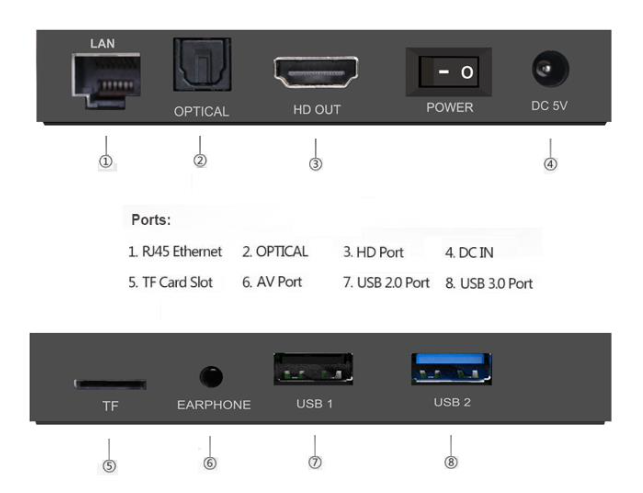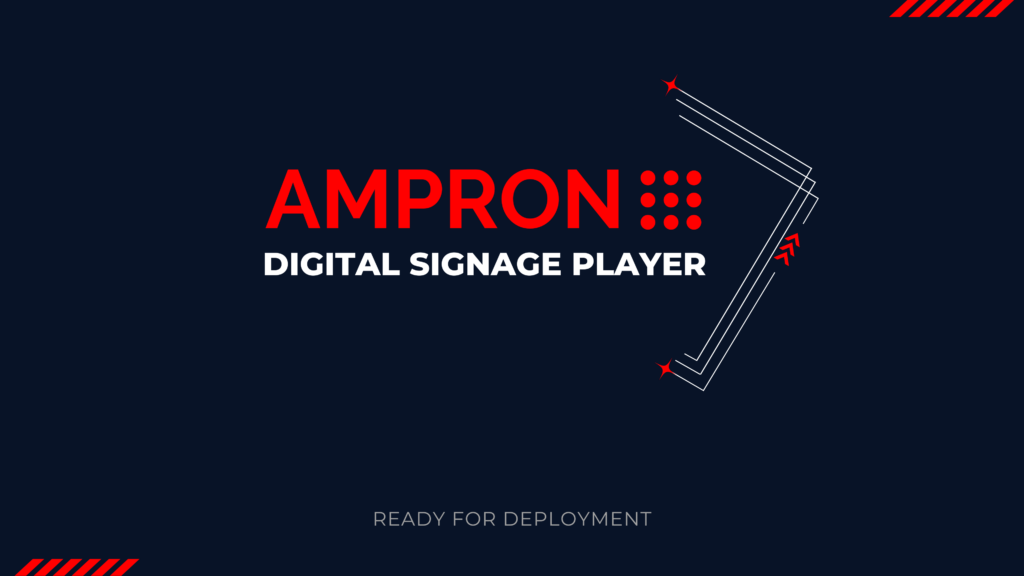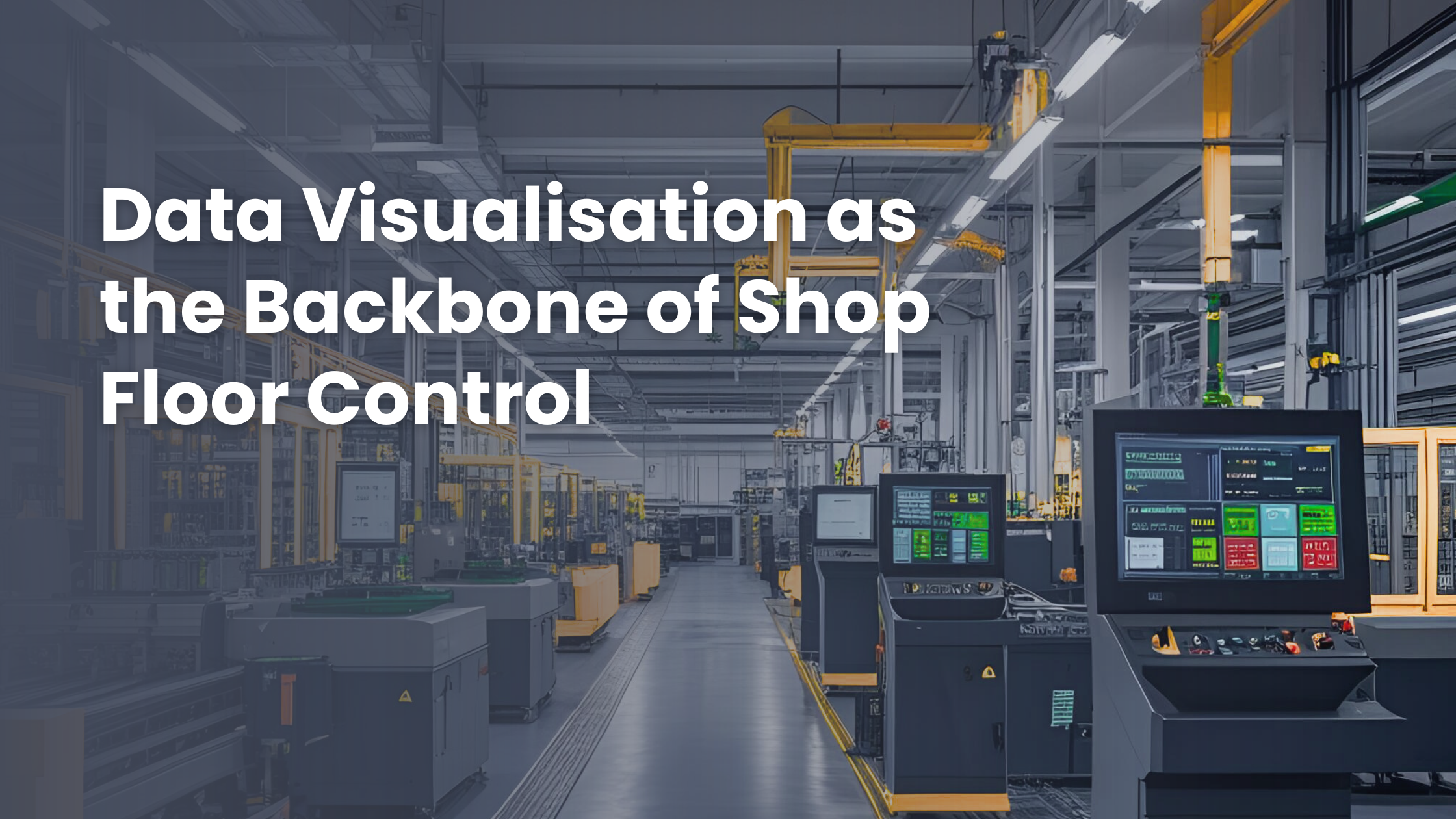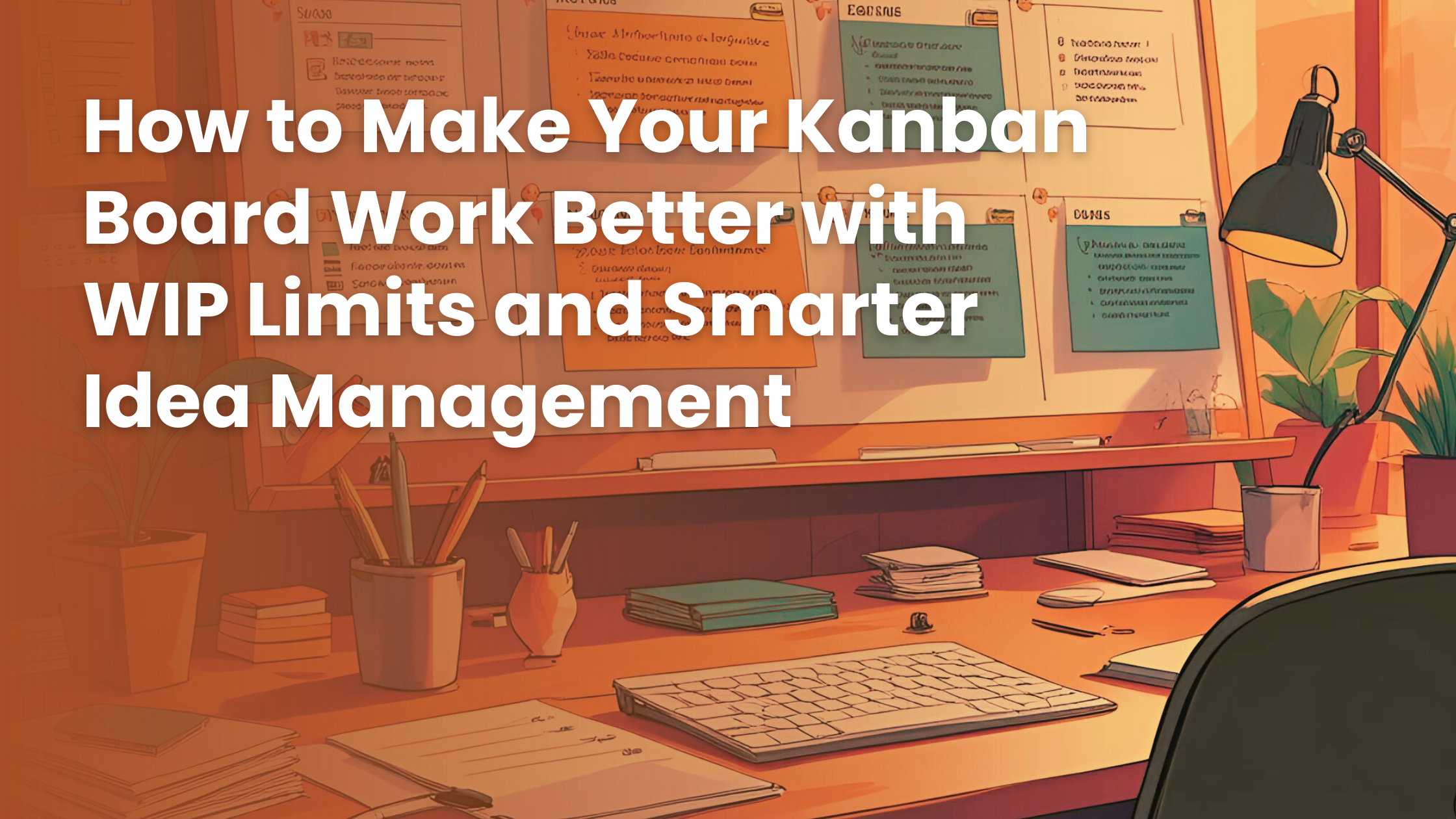What started as the communication protocol between the LED module controller and third-party software, has evolved into much more than we anticipated in the beginning. Our next-generation AmpronLED is now a content management software solution. The focus has been and will be mission-critical applications and use cases. Where robust solutions are paramount. In developing our solution, we followed the rule of the simplest solution is the most reliable. That took us to a headless content management solution.

What is a headless CMS?
A headless CMS is any type of back-end content management system where the content repository “body” is separated or decoupled from the presentation layer “head.” Content that is housed in a headless CMS is delivered via APIs for seamless display across different devices.
Some traditional CMS platforms offer a “headless API” that allows you to send content to a separate presentation layer. They call this “headless” because the presentation layer is separated from the body.
One way to solve the limitations of a traditional CMS is by implementing a “headless” CMS — if the presentation layer of a website is the “head” of a CMS, then cutting off that presentation layer creates a headless CMS.
While this type of headless CMS enables you to choose an appropriate presentation layer for a digital platform, it doesn’t solve an underlying problem: structuring content so that it can be reused across different platforms and channels.
Headless architecture is a similar concept to a headless CMS, as it is a multichannel solution for effectively publishing dynamic content across a variety of platforms and devices. Content stored in a headless architecture is raw and unformatted, and its final presentation isn’t limited by a front-end system.
Software Features
It has capabilities like the content design based on JSON files and nothing more. The purpose of this is to keep the reliability of mission-critical solutions. Communication and control commands are all based on HTTP GET requests. We have added much more control options than it was on the previous version of AmpronLED.
It has the same control commands that were on the previous version: set brightness, control background color, set font size, set various text effects, set area size, and many more. In addition, we now have things like setting the timer or counter, visualize the clock, set dynamic areas, set various font sizes, and many more capabilities. To find out more about the capabilities, check out our AmpronLED NextGen API page.
Best usage areas are the smart port solutions, real-time bus arrival information LED boards, parking availability display signs, counters in industrial solutions or any other similar application.
Something more about the software
Hardware Player Features
- HDMI interface with a resolution up to 4K
- Support LAN and WIFI
- Both vertical and horizontal displays are supported
- High performance 4K OTT box solution
- Power: 5V 2,5A


Summary
Contact us for more details or just let us know your use case and we could then analyze and tell you if this is the right fit for you.







